ECB President Christine Lagarde said in Davos today, “Inflation by all accounts, whichever way you look at it, is way too high.”
“There is determination at the ECB to bring (inflation) back in a timely manner and we should stay the course until we have been in restrictive territory for long enough to bring it down,” Lagarde added.
“The job market in Europe has never been as vibrant as it is now. The unemployment number is at rock bottom compared with what we’ve had in the last 20 years. And the participation rate which matters as well, is also very, very high level and that is pretty much homogeneous throughout the euro area,” she said.
“The news has been much more positive over the past few weeks,” she said. “It will not be a brilliant year (in 2023), but a lot better than feared”.




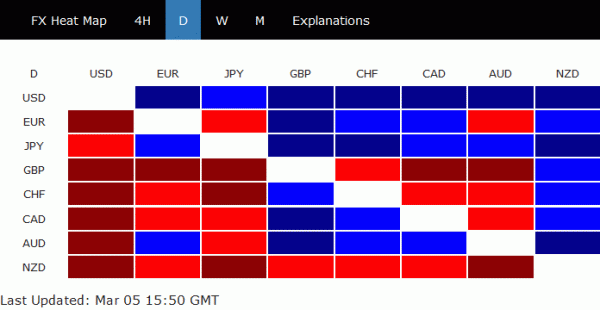
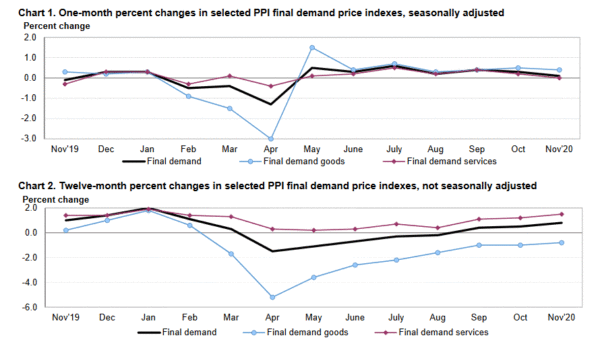
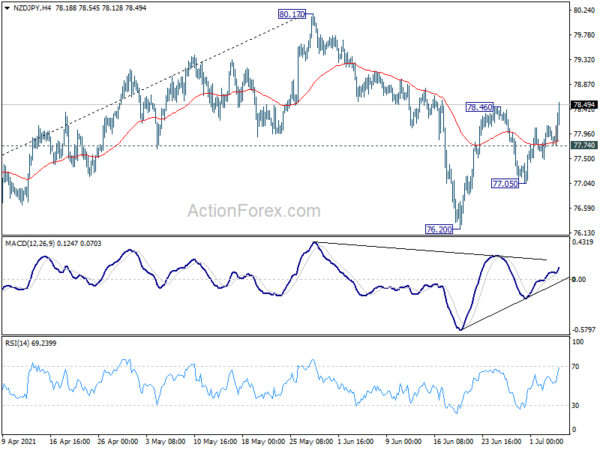
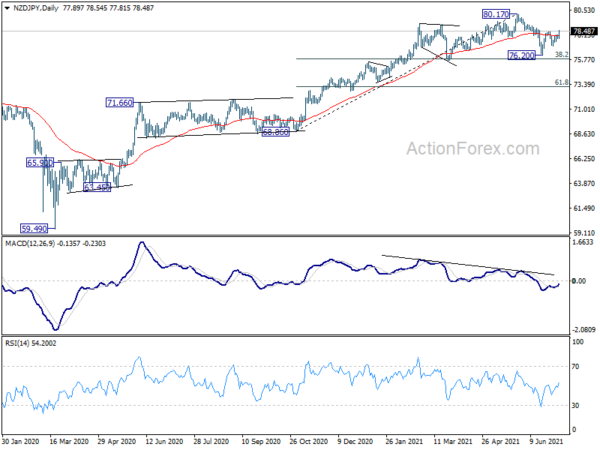
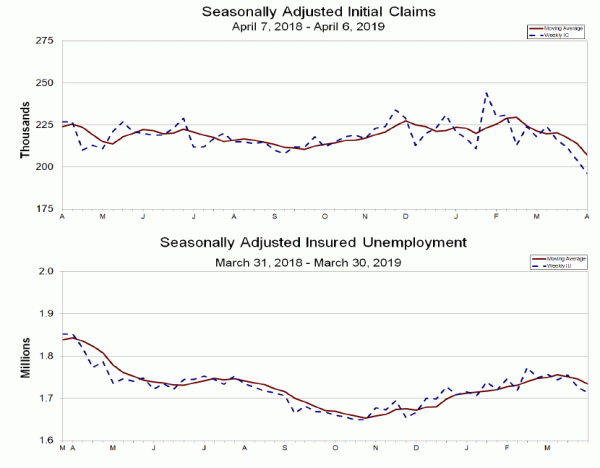
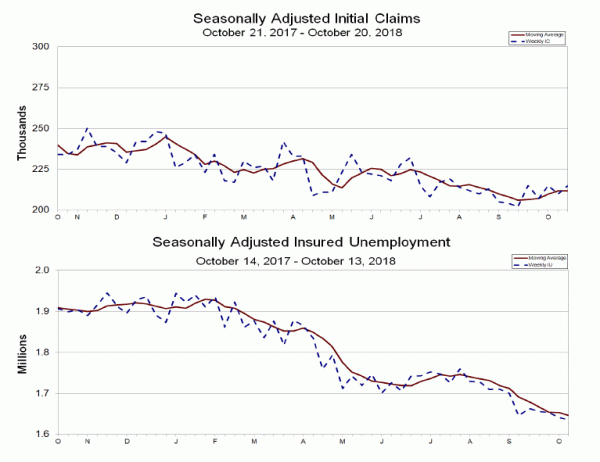
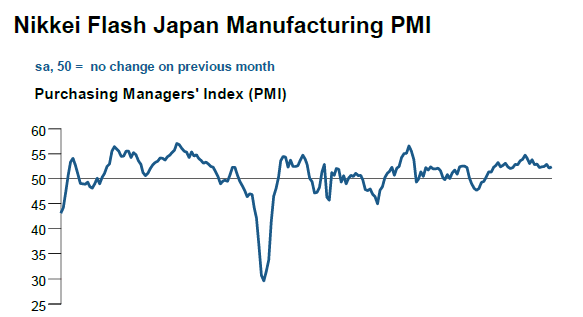
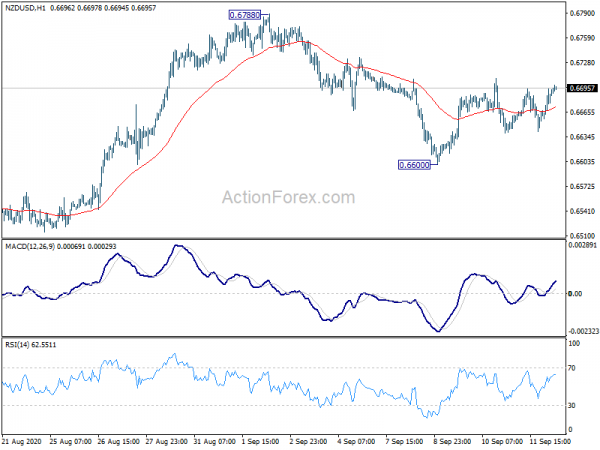
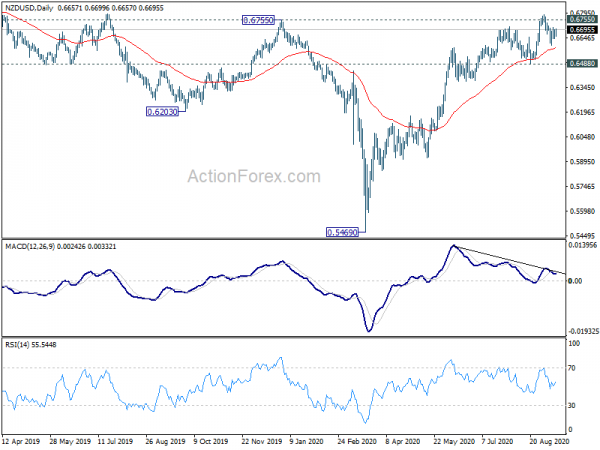
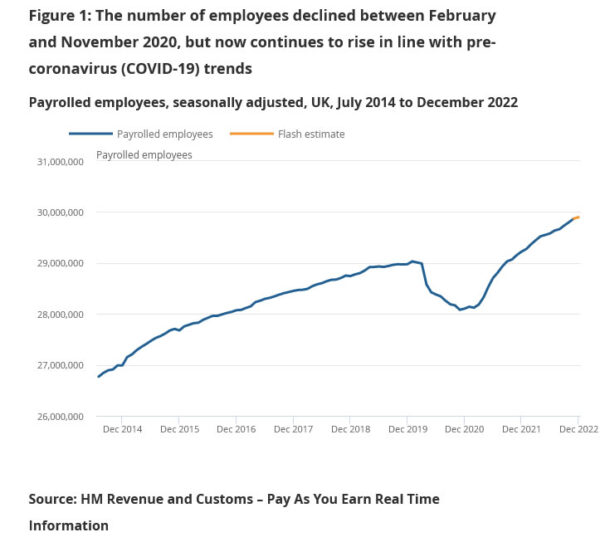
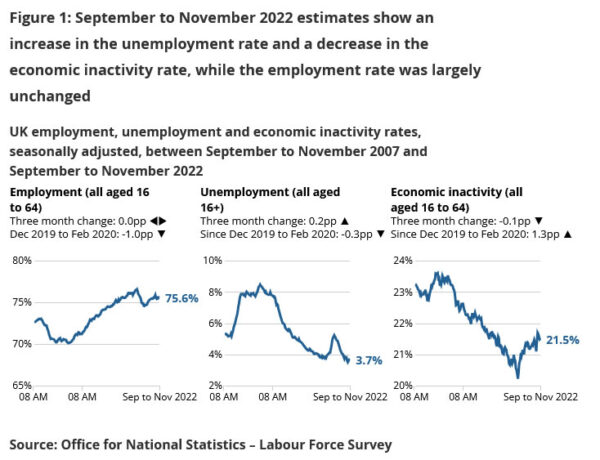
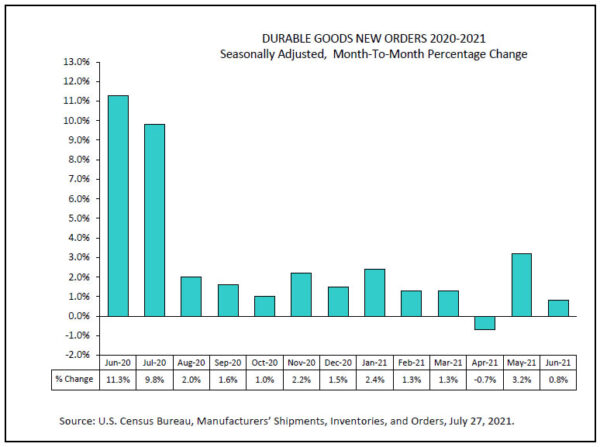
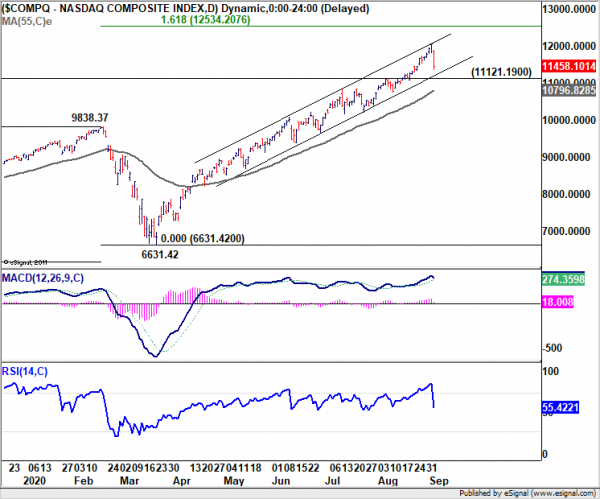
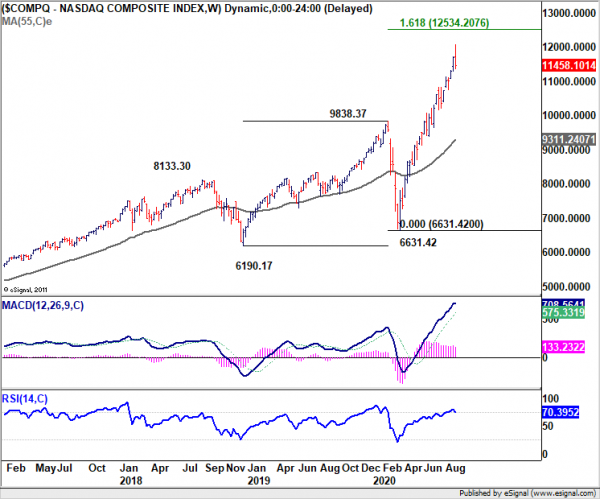

Swiss KOF economic barometer dropped to 96.9 in Jun, subdued outlook in upcoming months
Swiss KOF Economic Barometer dropped from 97.7 to 96.9 in June, slightly above expectation of 96.8. It’s now below long-term average for the second month in a row. KOF said, “the outlook for the Swiss economy in the upcoming months therefore remains subdued.”
KOF added: “The downward movement of the barometer is primarily driven by bundles of indicators for foreign demand and manufacturing. Only indicators for the financial and insurance services sector and for the construction sector are at a nearly constant level. However, indicator bundles for private consumption show a slight positive trend.”
Full release here.